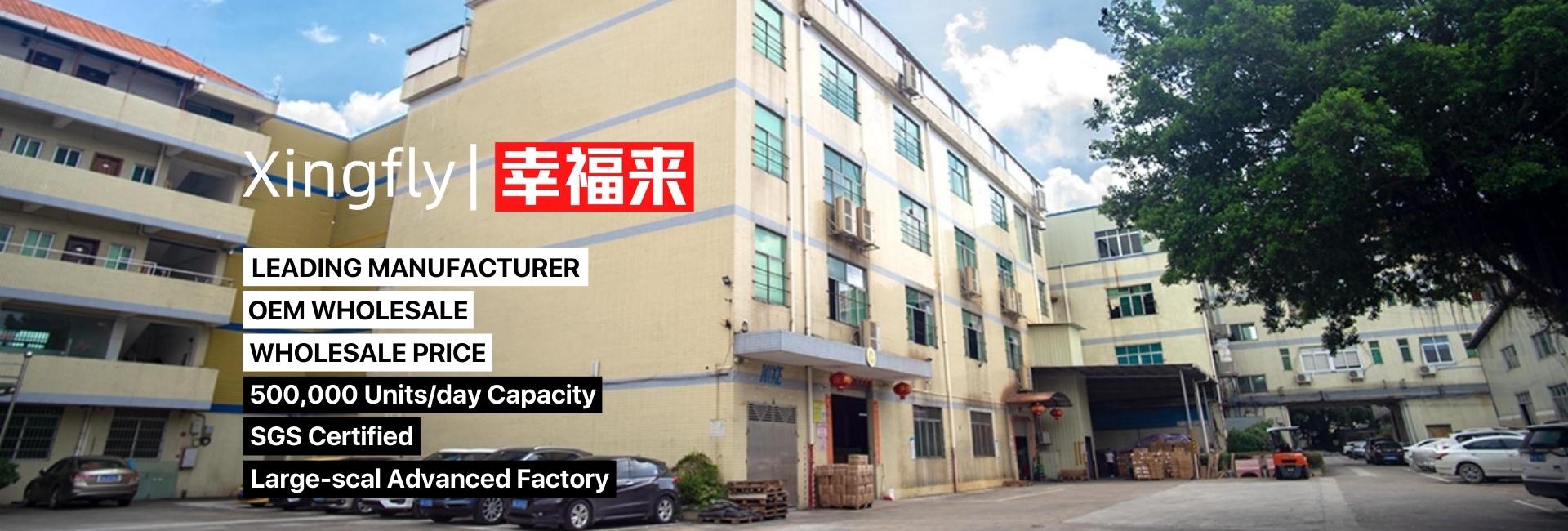News Category
Craft show
Your Position:Home > News > Craft show > The solar glass industry structure tends to be stable, and the price is stable and rising.
Photovoltaic glass is mainly used for translucent panels of photovoltaic modules. Since a single solar photovoltaic cell has poor mechanical strength and is easily broken, the moisture and corrosive gases in the air gradually oxidize and rust the electrode, so the solar cell is usually sealed by the EVA film in the middle of the package board, and the back plate is composed of the package and the inside. Link photovoltaic modules. Photovoltaic cells are mainly divided into crystalline silicon cells and thin film cells. Photovoltaic glass for crystalline silicon cells mainly uses a calendering method. Photovoltaic glass for thin film batteries mainly uses a float method. According to IHS data, crystalline silicon photovoltaic cells are the most mature and widely used photovoltaic cells, and their share of the global photovoltaic cell market has remained above 80% for the past 10 years.
The industry is stable and leaders are expanding steadily
Prior to 2006, the solar glass industry was dominated by several leading foreign glass manufacturers, including Asahi Glass, Saint-Gobain, PPG and others. Domestic PV module companies rely on imported photovoltaic glass for production. After 2006, with the rapid development of the photovoltaic industry, under the promotion of China's largest solar module production base, domestic glass manufacturers began to invest in ultra-white photovoltaic raw glass production lines, domestic production capacity increased rapidly, and photovoltaic glass was localized. After more than ten years of development, foreign similar products have no competitive advantage, and foreign glass companies such as Asahi and Guardian have already withdrawn from the photovoltaic glass market.
From 2010 to 2011, the overseas PV market represented by Europe has developed rapidly, and solar glass production capacity has grown rapidly. Various photovoltaic glass manufacturers have expanded their production. Among them, the scale of expansion of leading enterprises is clearly ahead of second-tier enterprises.
The European debt crisis of 2012 led many European governments to significantly reduce their support for photovoltaics. In the same year, the newly added installed capacity dropped sharply, which dragged down the global installed capacity. In the same year, the growth rate of photovoltaic glass production capacity slowed down noticeably. Since 2013, benefiting from the growth in demand for solar modules in China, Japan and the United States, the global solar industry is showing signs of recovery, solar glass production capacity is gradually picking up, and new installed capacity in the domestic market is growing rapidly. In 2017, China's new photovoltaic power generation exceeded 53GW. The high level of prosperity in the industry has driven leading companies to continue to expand production. As of the end of 2017, China's photovoltaic glass production capacity reached 19,800 tons / day.
In the future, the concentration of photovoltaic glass chains will continue to increase. Compared with second-line photovoltaic glass enterprises, leading enterprises will have greater expansion power: traditional glass manufacturing enterprises have stronger profitability and greater barriers. The power of the strong photovoltaic glass section is limited.
Affordable Internet reduces the cost of the system, leading companies have strong bargaining power downstream, and glass prices are strongly supported. From 2010 to 2018, the downward adjustment of subsidies forced technological progress and pushed down the cost of the system. By the end of 2018, the cost of China's photovoltaic system dropped to 4.5 yuan / watt, a drop of more than 90%. Currently, photovoltaic glass accounts for about 6% of component cost. We believe that the cost of glass accounts for a lower proportion of component costs, and the concentration of PV glass chains is relatively high, while PV glass manufacturers have better bargaining power. In addition, leading manufacturers can also form scale advantages and effectively control the large-scale procurement costs of upstream raw material suppliers.
According to plans announced by major companies / expansion of photovoltaic glass expansion, this round of capacity expansion is mainly focused on new capacity of 2,000 tons / day and 3,000 tons / day. By the end of 2020, the total production capacity of China's photovoltaic glass production enterprises will exceed 27,000 tons / day.
Demand support, new capacity is gradually released, and PV glass prices are rising steadily
According to the new installed capacity of 120GW in 2019, the double-sided billing technology is calculated at 20%, and the demand for photovoltaic glass is about 22,000 tons/day. According to Zhuo Chuang's statistics, China's photovoltaic glass production capacity is about 21,000 tons / day. The supply of photovoltaic glass is tight, which is a powerful driving force for PV glass prices. stand by. Since the second half of 2018, PV glass prices have gradually entered the upper range, mainly driven by overseas demand for parts. In April 2019, although the VAT rate fell from the initial 16% to 13%, the price of photovoltaic glass was only slightly lower than other rings.



